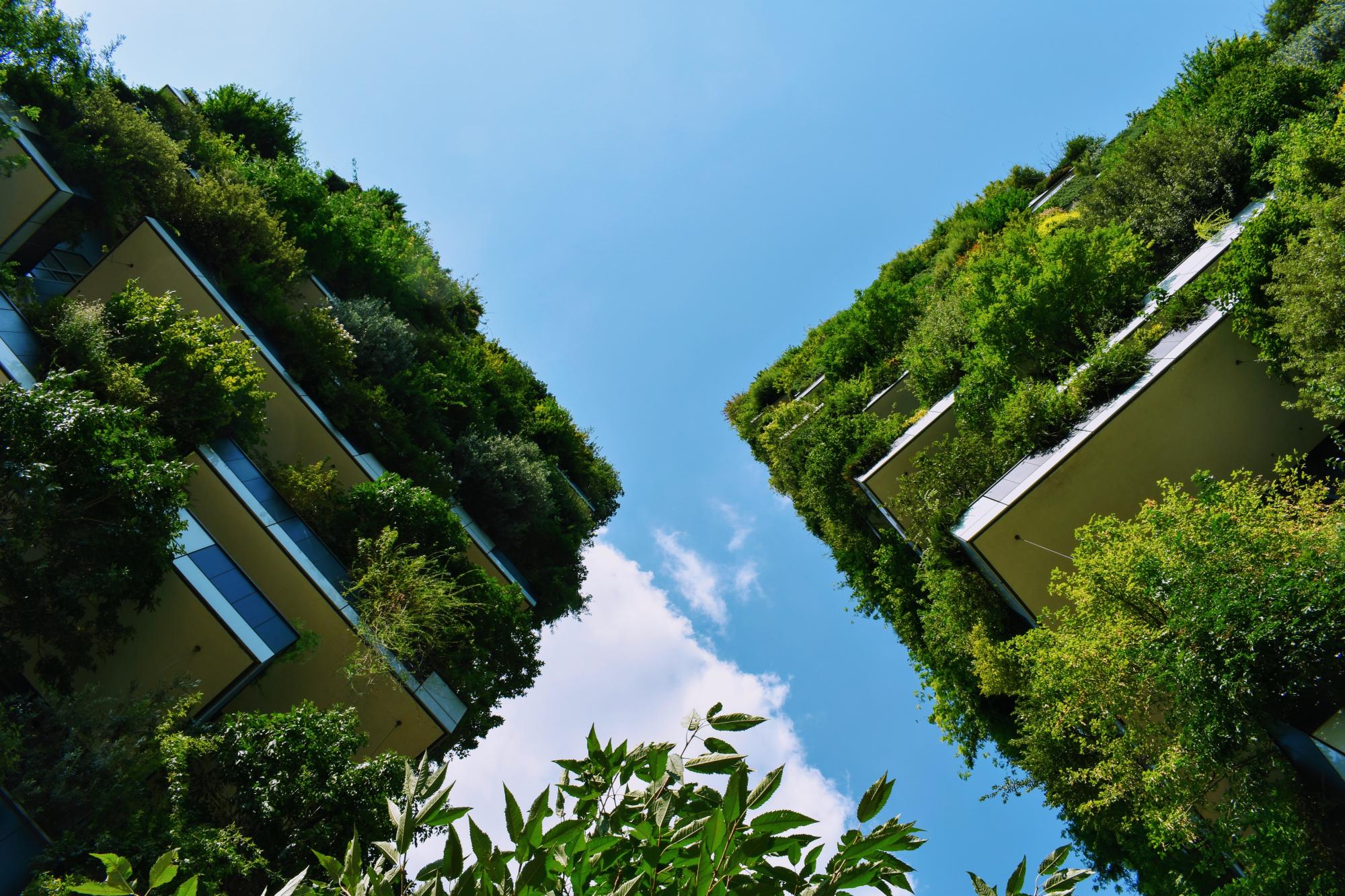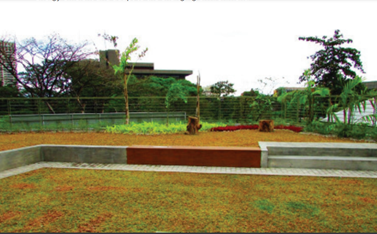One of the first public institutions to rise to the climate change challenge in the Philippines is the LLDA, which unveiled a two-wing, four-story green building in Quezon City to mark its 48th anniversary in 2014. Reflecting the critical mandate of the LLDA to protect the country’s largest freshwater lake, the LLDA building features its own water treatment facility, material recovery facility, and a rain collection system that can hold 60,000 gallons of water. In order to be certified by the Building for Ecologically Responsive Design Excellence, several greened areas have been installed in the building: two “pocket gardens” on intermediate levels and a green roof (Bio Roof) which covers an area of 208 m2. The Bio Roof is integrated within the building’s structure. Its vegetative layer protects the waterproofing membrane from climatic extremes, which allows for the reduction in maintenance and the reduction in the size of stormwater handling facilities. [1]
Overview
Nature-based solution
- Green areas for water management
- Sustainable urban drainage systems
- Nature on buildings (external)
- Green roofs
- Parks and urban forests
- Pocket parks/neighbourhood green spaces
Key challenges
- Climate action for adaptation, resilience and mitigation (SDG 13)
- Climate change adaptation
- Environmental quality
- Air quality improvement
- Green space, habitats and biodiversity (SDG 15)
- Green space creation and/or management
- Water management (SDG 6)
- Stormwater and rainfall management and storage
Focus
Project objectives
Implementation activities
Climate-focused activities
Climate change adaptation:
- Implement solutions to capture/store water to increase its availability and prevent shortages from droughts
- Increase or improve urban vegetation cover to help reduce outdoor temperature
- Implement green walls or roofs to lower indoor temperature and provide insulation
- Increase the use of climate-resilient plant species (resistant to drought, fire, and pests)
Main beneficiaries
- National-level government
- Local government/Municipality
Governance
Management set-up
- Government-led
Type of initiating organisation
- National government
- Private sector/corporate actor/company
Participatory approaches/ community involvement
- Unknown
Details on the roles of the organisations involved in the project
Project implemented in response to ...
Financing
Total cost
Source(s) of funding
- Public national budget
Type of funding
- Direct funding (grants, subsidies, or self-financed projects by private entities)
Non-financial contribution
Impacts and Monitoring
Environmental impacts
- Climate change
- Lowered local temperature
- Environmental quality
- Improved air quality
- Water management and blue areas
- Improved stormwater management
- Green space and habitat
- Increased green space area
- Increased number of species present
Economic impacts
- Other
Socio-cultural impacts
- Social justice and cohesion
- Improved access to urban green space
- Increased opportunities for social interaction
- Cultural heritage and sense of place
- Improvement in people’s connection to nature
Type of reported impacts
Presence of formal monitoring system
Presence of indicators used in reporting
Presence of monitoring/ evaluation reports
Availability of a web-based monitoring tool
References
2. Department of Environment and Natural Resources News, Republic of the Philippines. URL: Source link. Accessed on 20th March, 2022.
3. A LafargeHolcim Philippines case study. (2017) Green roof and water management in Philippines government office building. URL: Source link. Accessed on 20th March, 2022.

